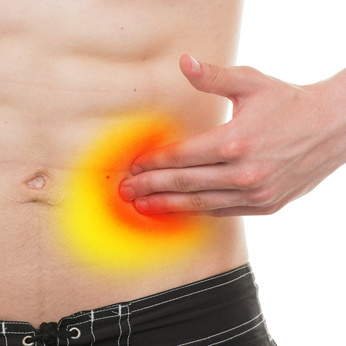

Smooth, round growths in your breast and nipple dischargeĪdenomas are noncancerous abnormal growths of the glandular tissue in the breast. A woman may have just one or several lipomas at once. Lipomas are noncancerous lumps of fatty tissue. Fat necrosis usually goes away without treatment but can form permanent scar tissue that may show up as an abnormality on a mammogram. Fat necrosis may occur after a bruise or other injury to the chest or breast and can occur from weeks to years after an injury.
MOVABLE LUMP UNDER RIGHT RIB CAGE SKIN
The skin over the lump may be red or look bruised. The lumps may or may not be painful and may be firm. Fatty lumps may or may not be painfulįat necrosis is a condition in which the normal fat cells of the breast go through a change and become round lumps. They are most common in women who are breastfeeding. Abscesses are treated with antibiotics and surgery to drain the abscess. They may be quite painful, and the skin over the breast may be red or feel hot or solid. Removal usually involves making a small incision in the skin and removing the entire sac so that it does not return.Ībscesses are pockets of infection within the breast. A sebaceous cyst that does not cause symptoms does not require medical treatment. Hormone stimulation or injury may cause them to enlarge. Like a cyst, they move freely under the fingers. Sebaceous cysts are caused by plugged ducts at the site of a hair follicle. If you have a cyst, your doctor may drain (aspirate) it to help relieve the pain and confirm the diagnosis.

Cysts are rare in women older than 50 and are not related to breast cancer. Cysts are caused by the hormones that control the menstrual cycle. They can be quite painful or tender, or they may be painless. They feel smooth or rubbery and move about under the fingers. Cysts and abscess lumps in either breastĬysts are fluid-filled sacs in the breast. The following are types of breast lumps and their symptoms. Since it can be difficult to tell what is causing a lump in your breast, you should call your doctor if you feel a new lump, or if you notice a distinct lump that is not like the rest of your breast. If you have found a lump in one of your breasts, most women begin to worry about breast cancer. After all, a lump can, in rare cases, mean cancer.


 0 kommentar(er)
0 kommentar(er)
